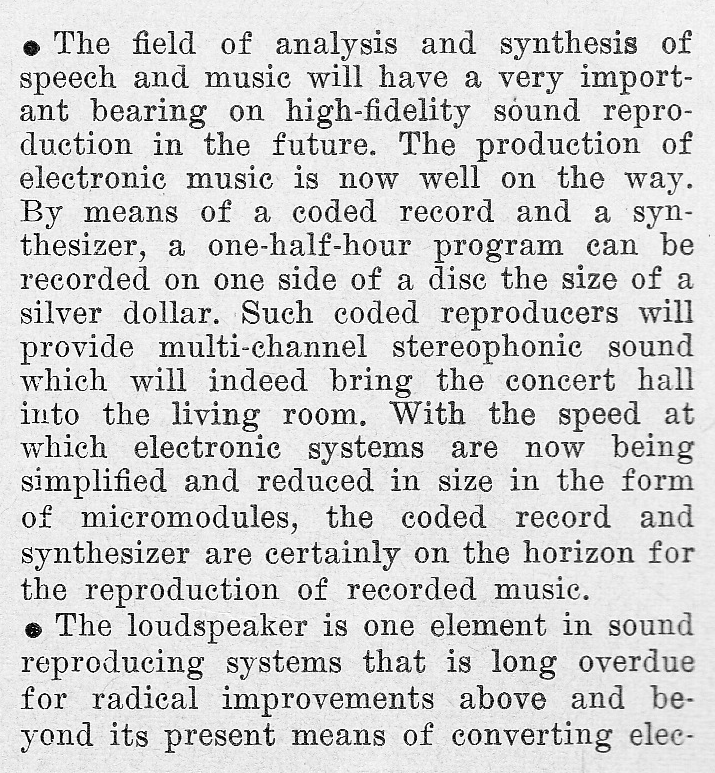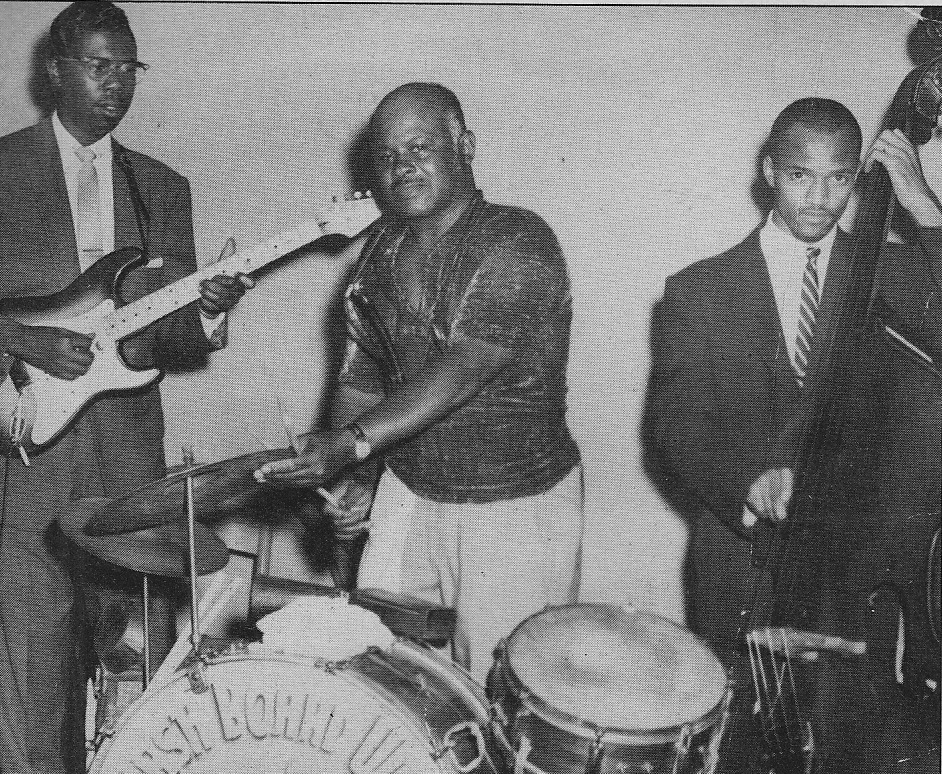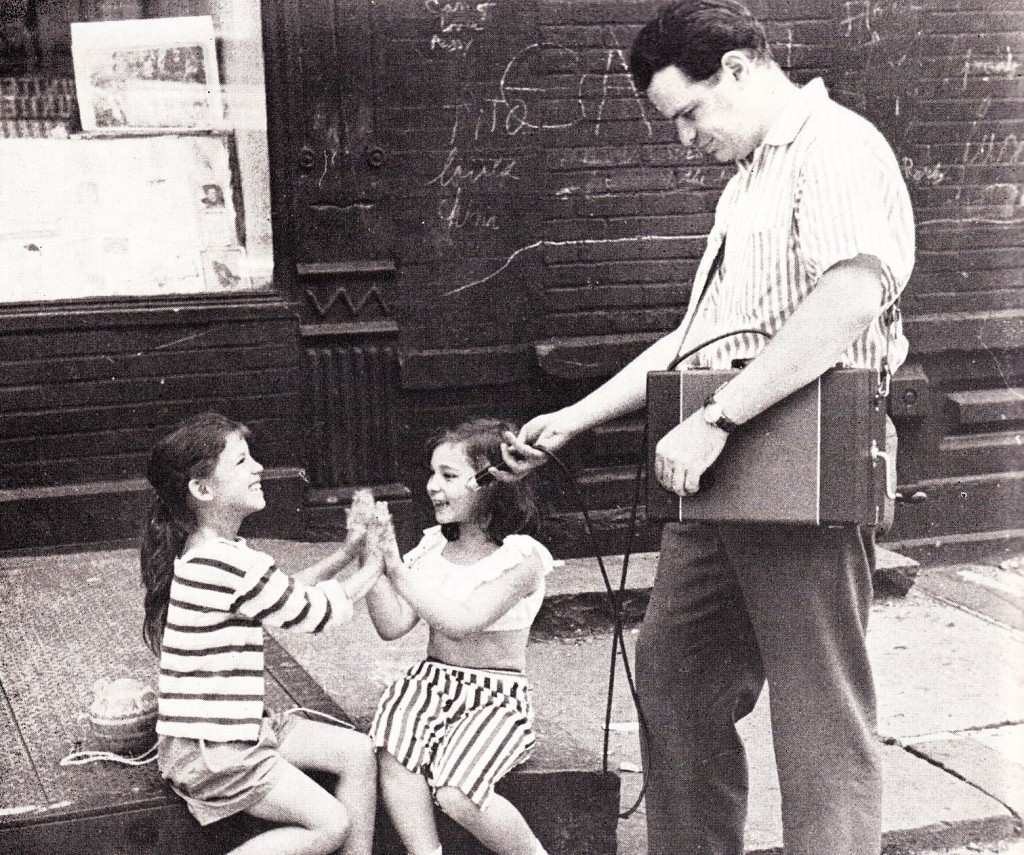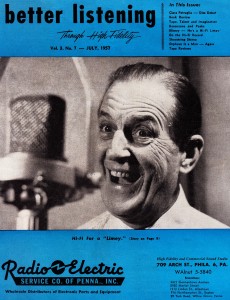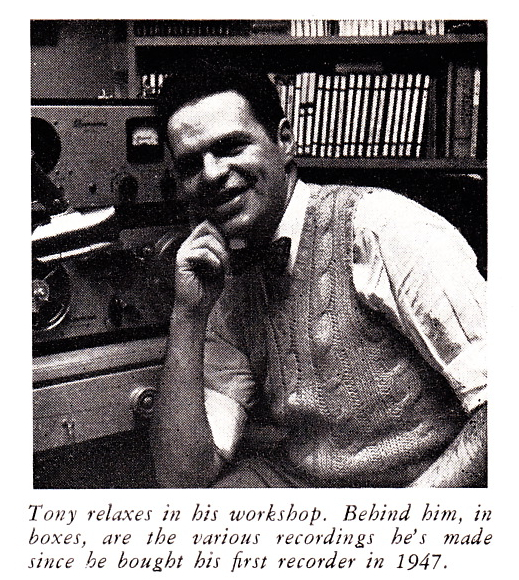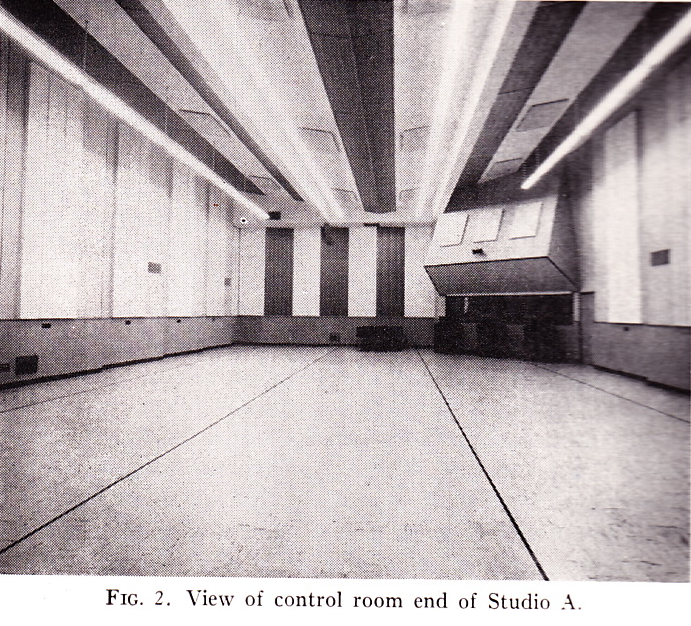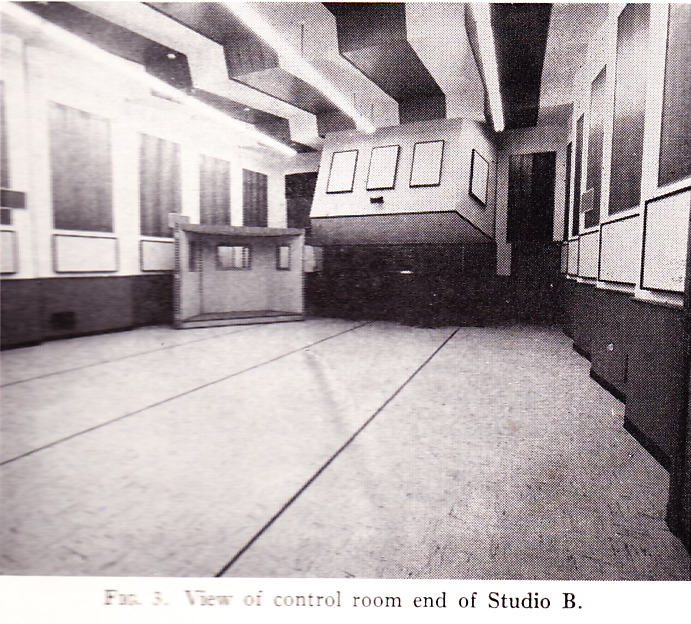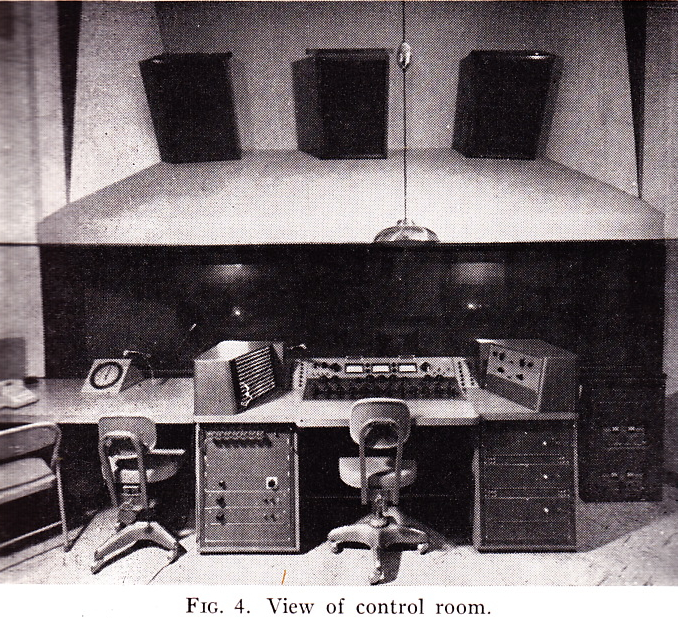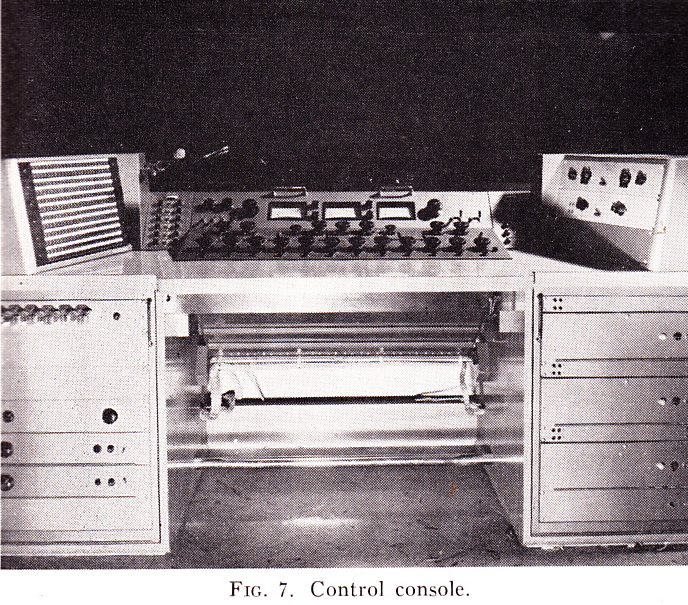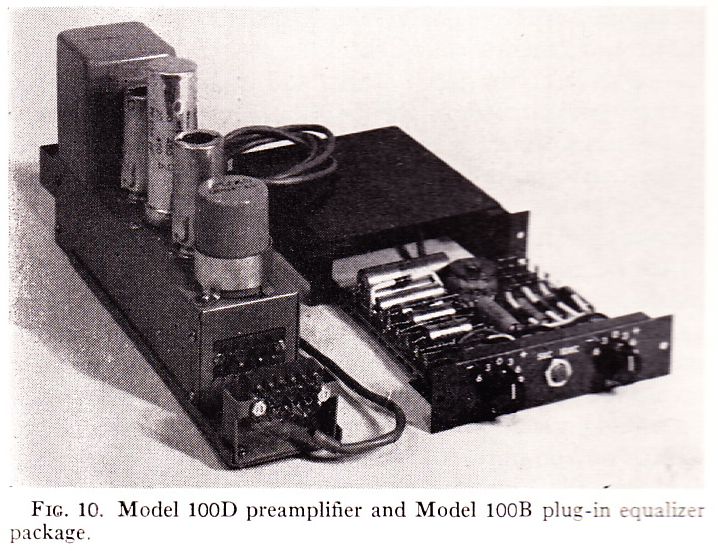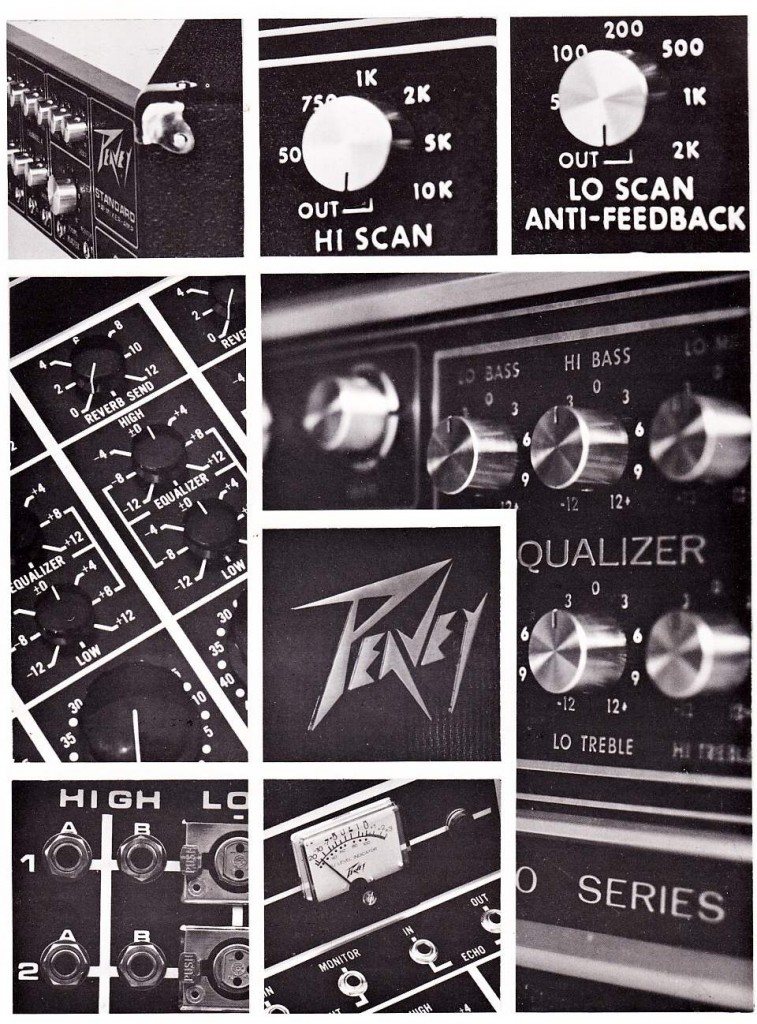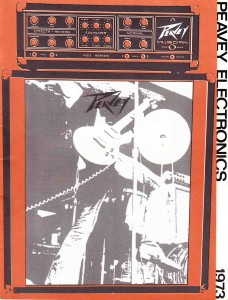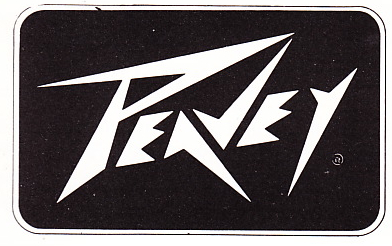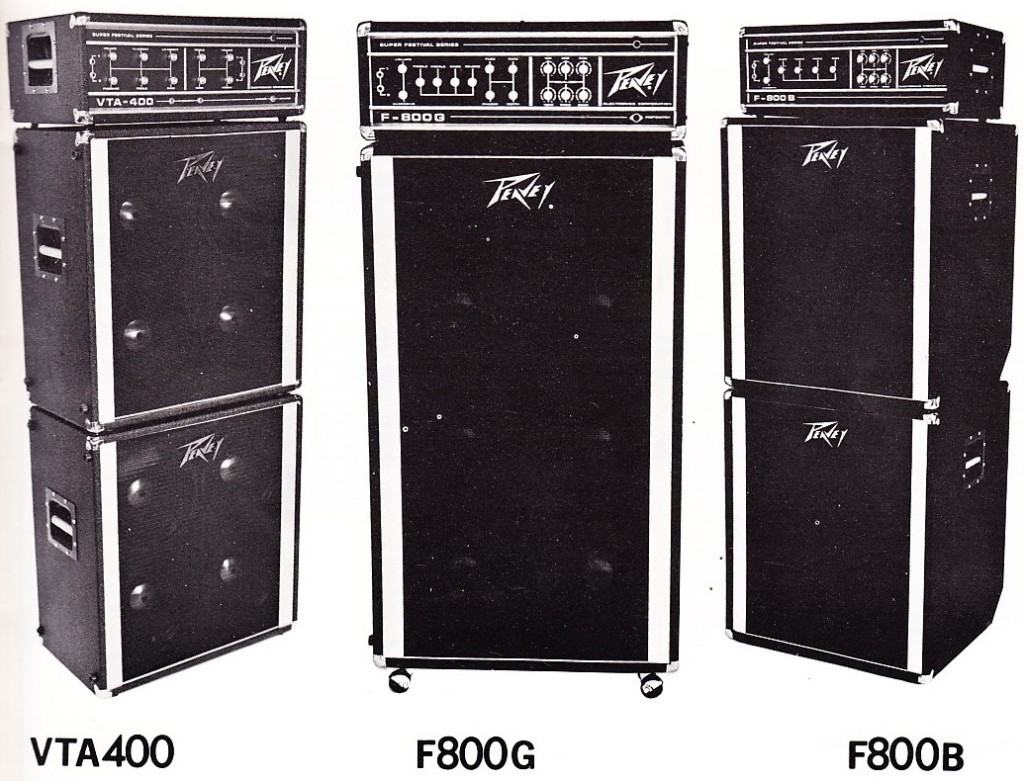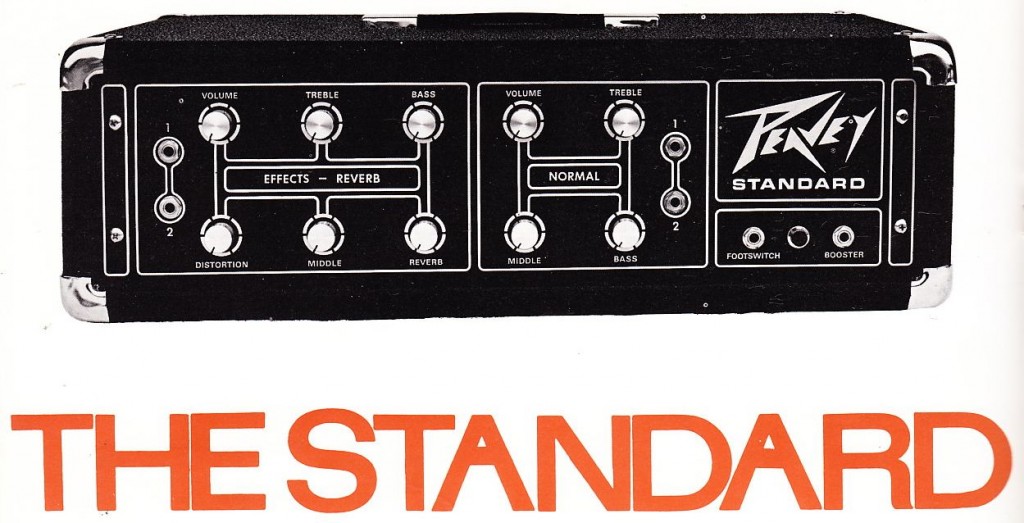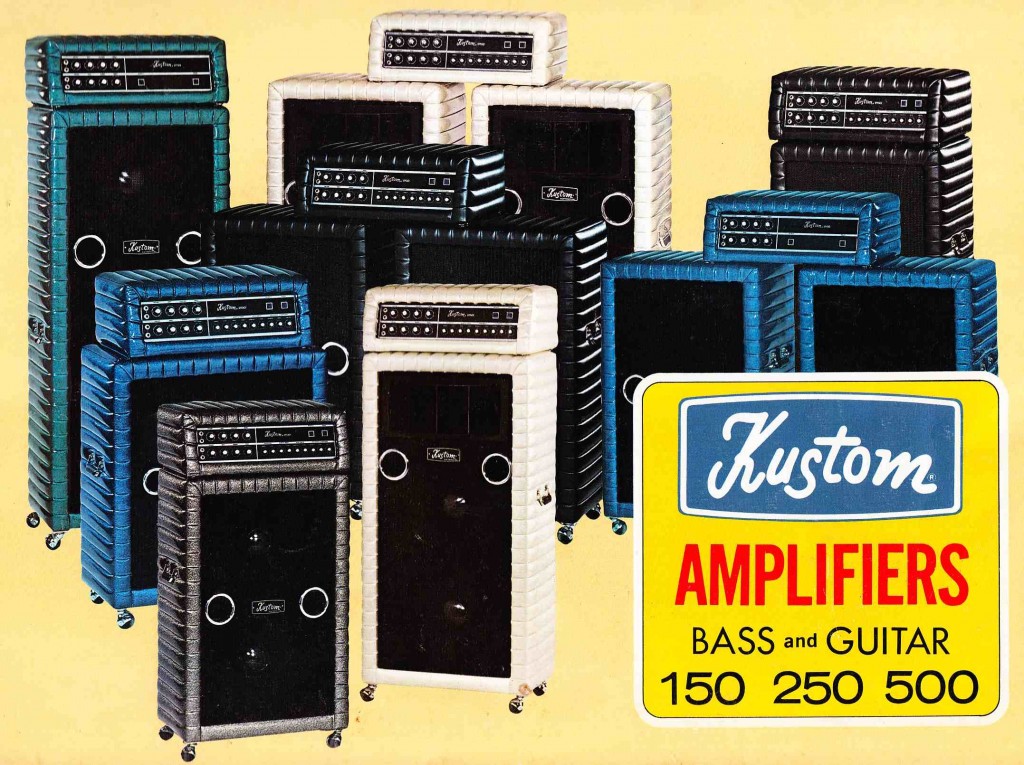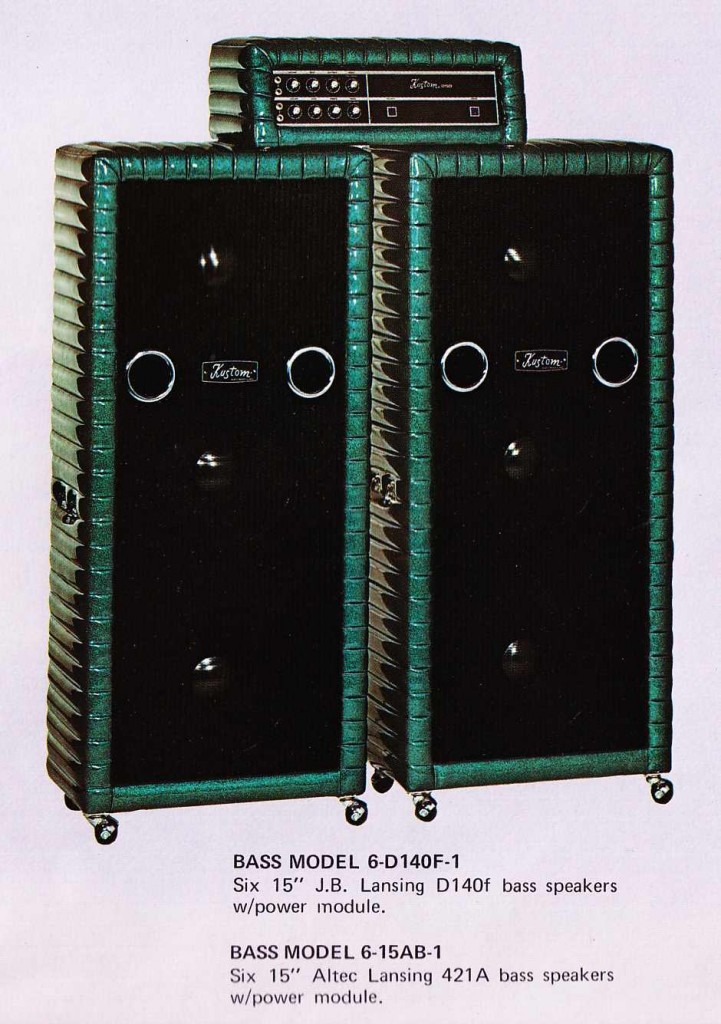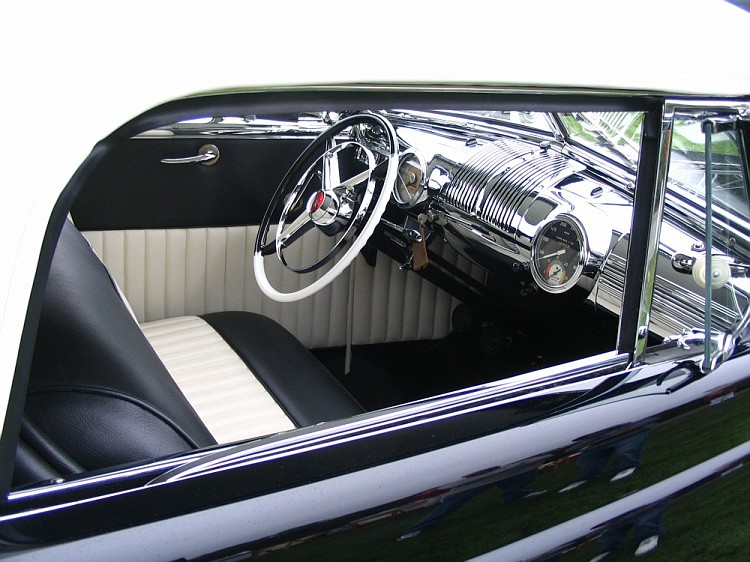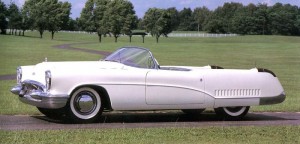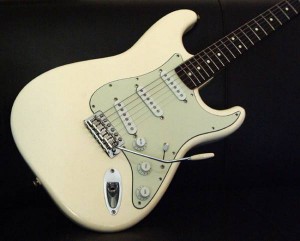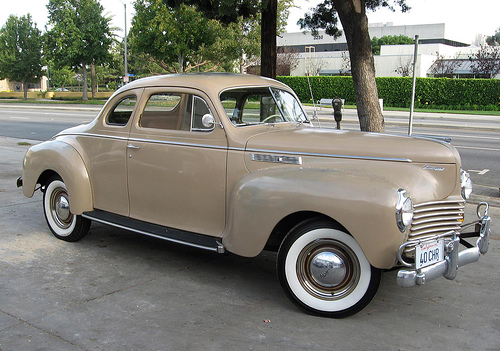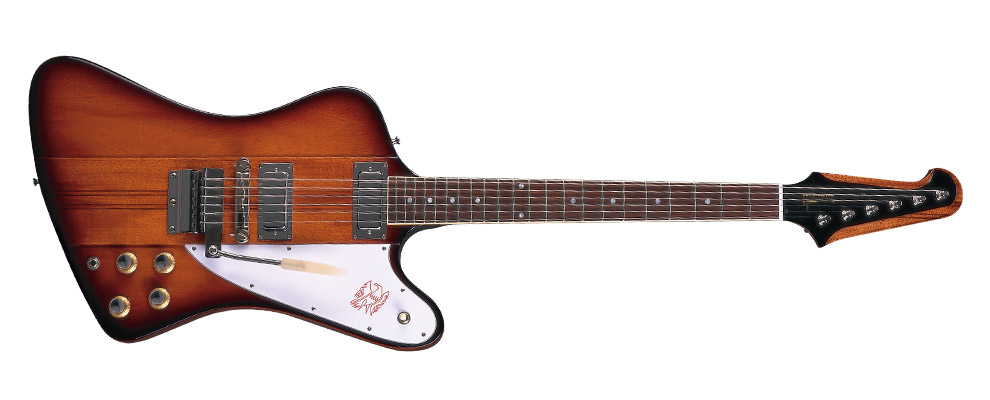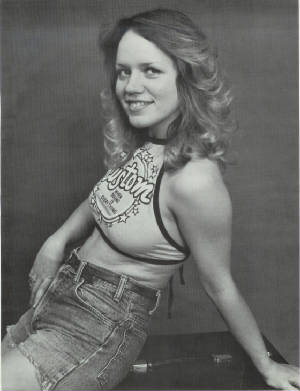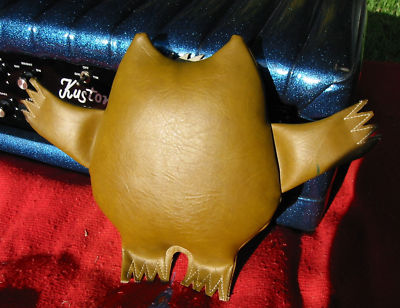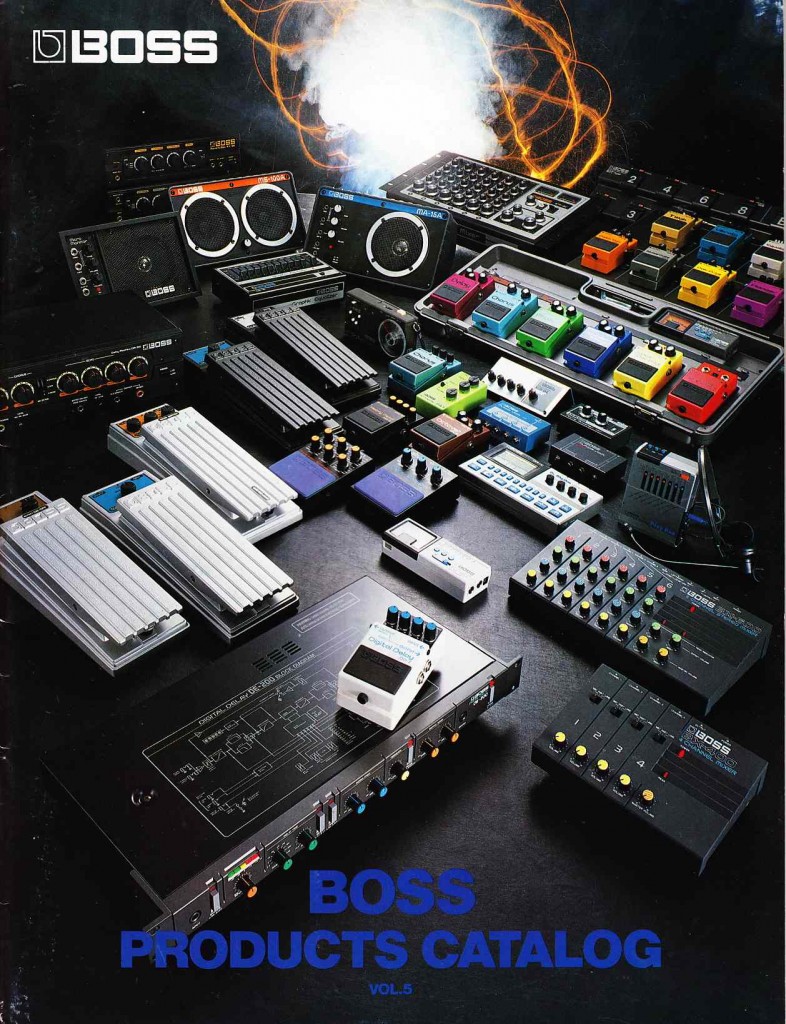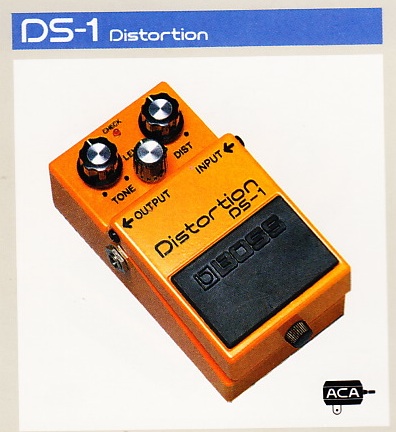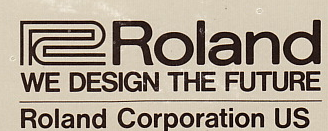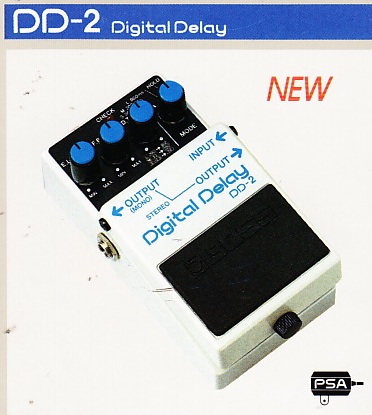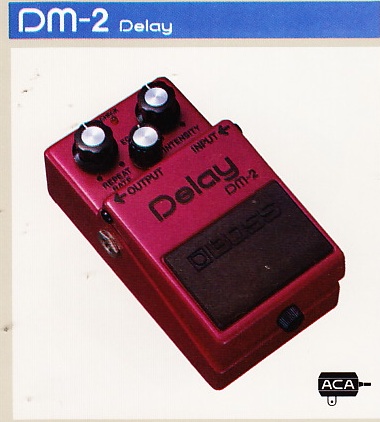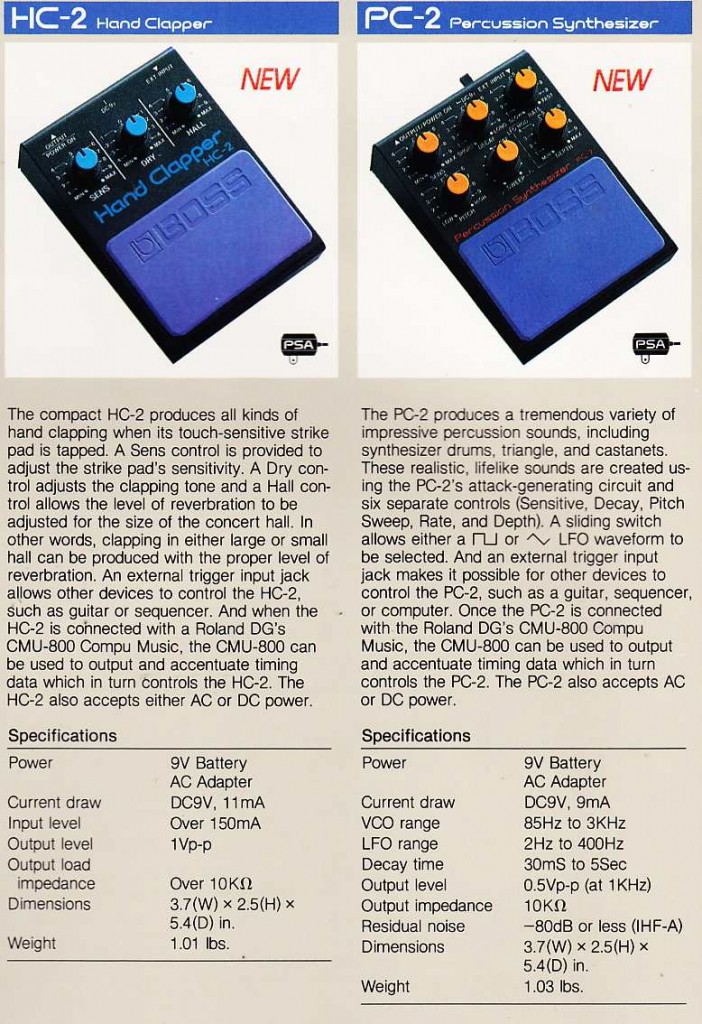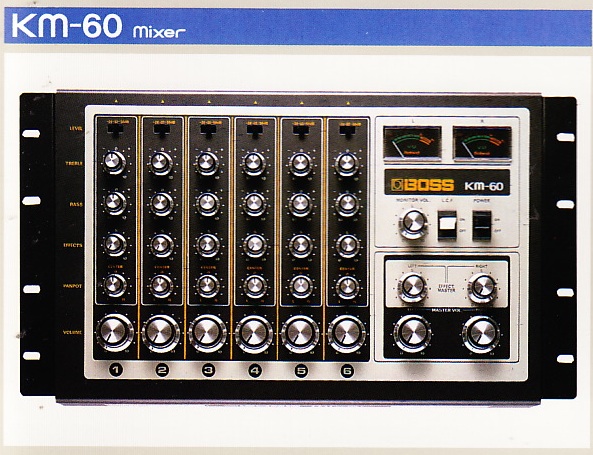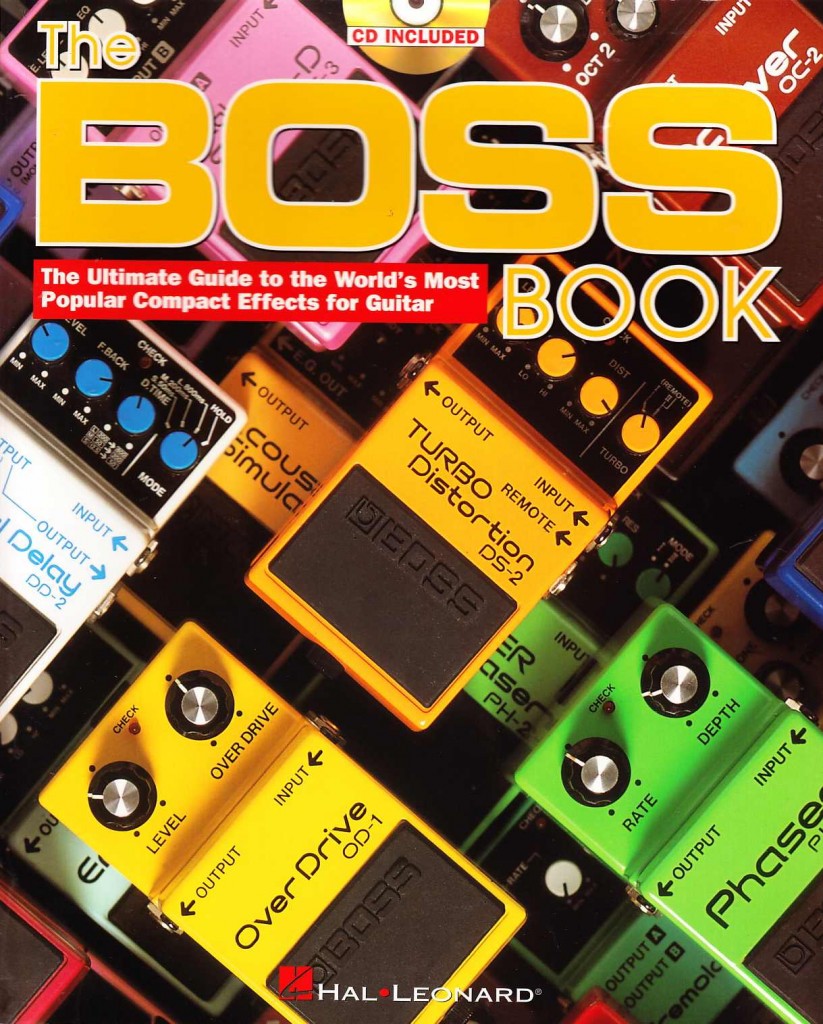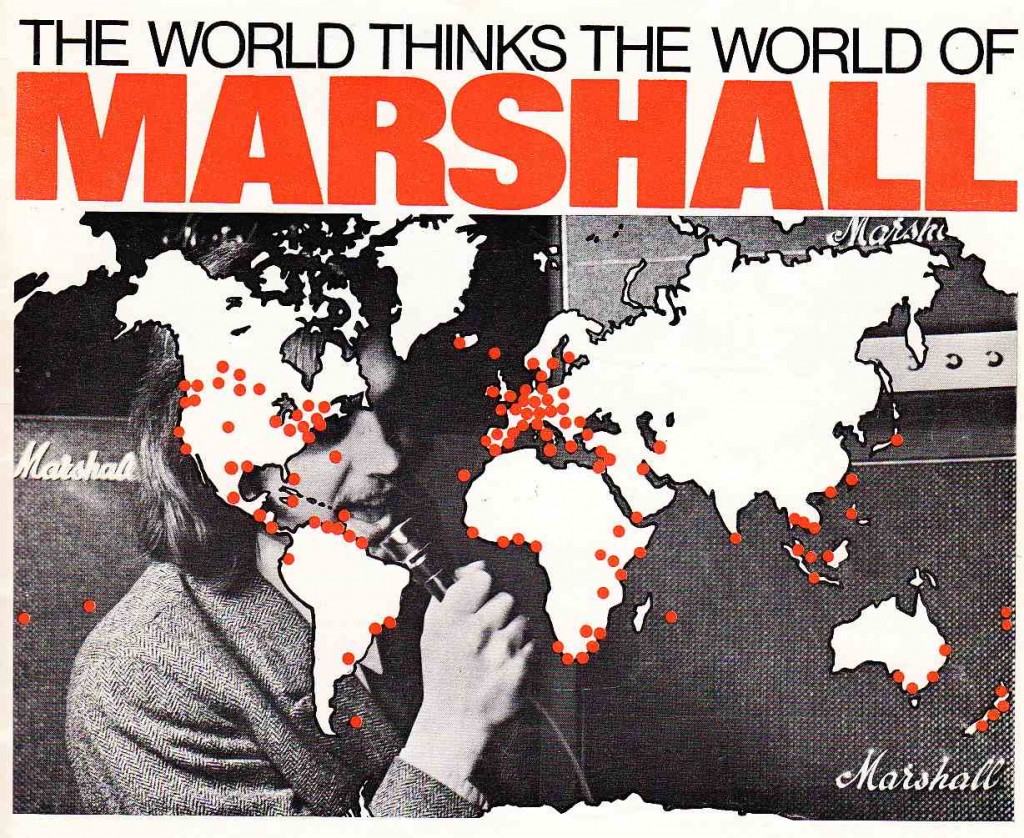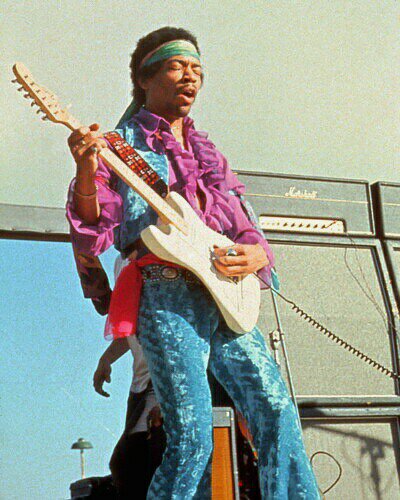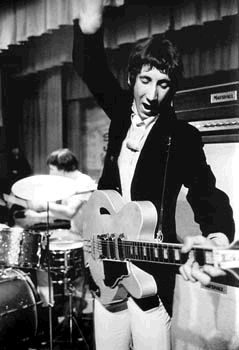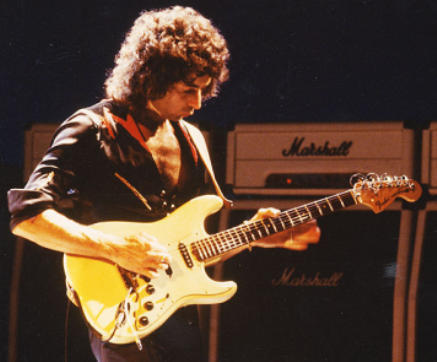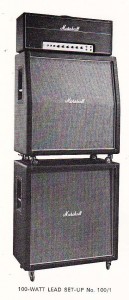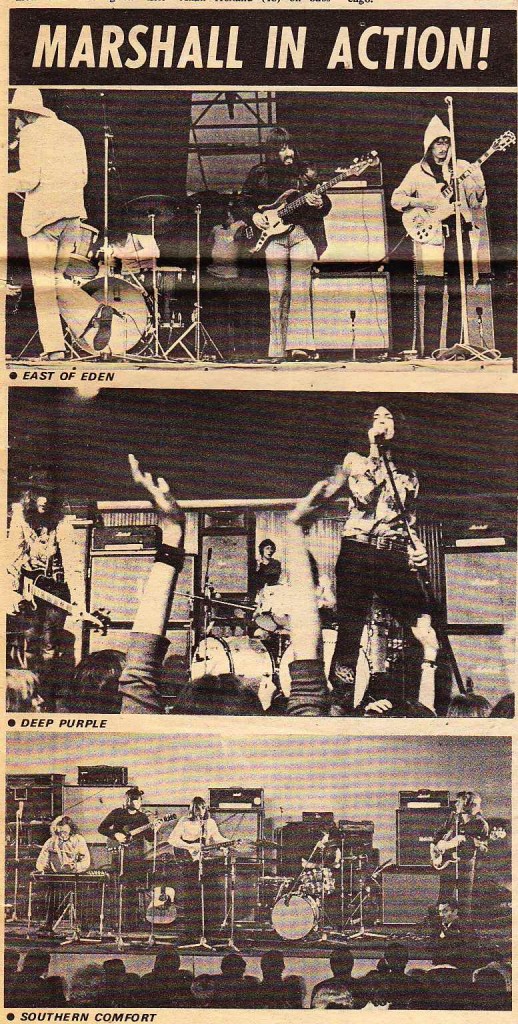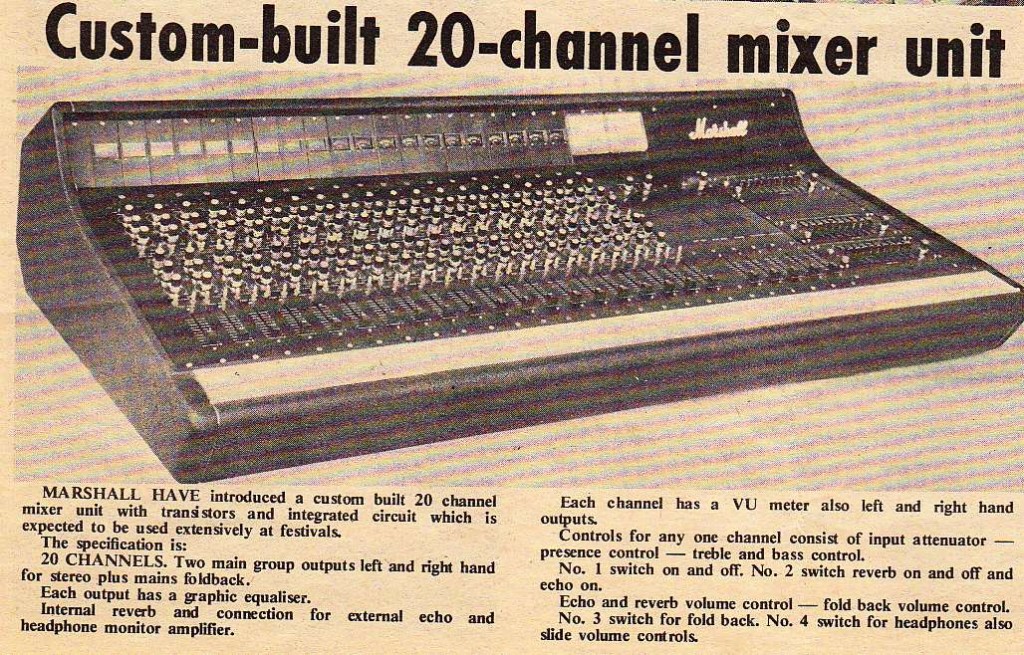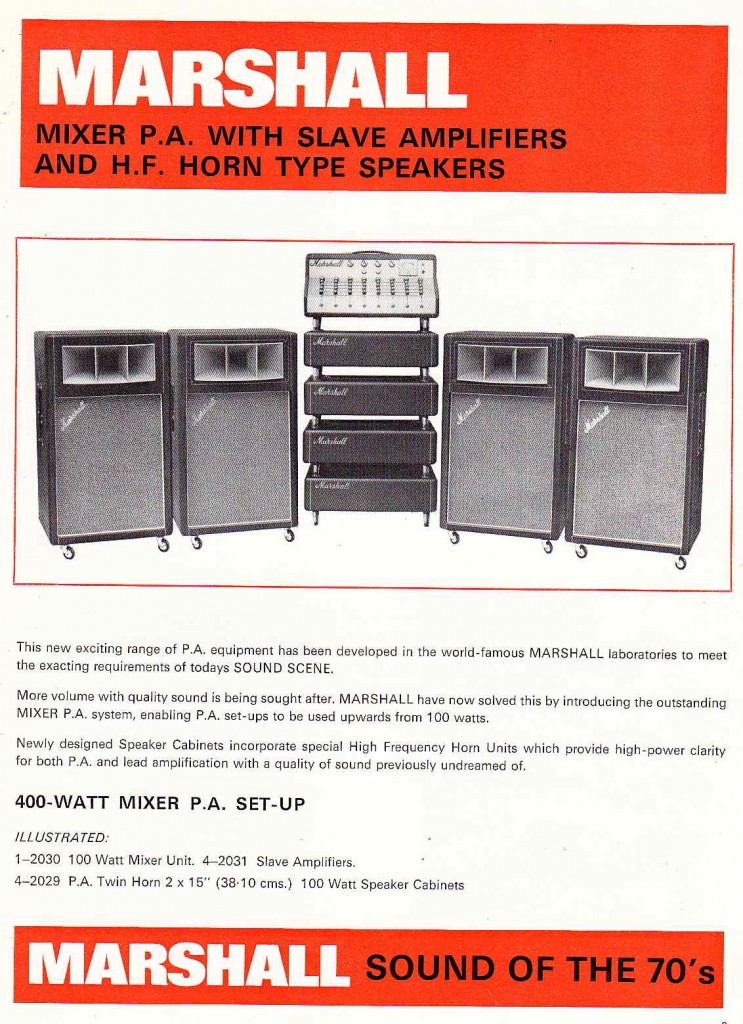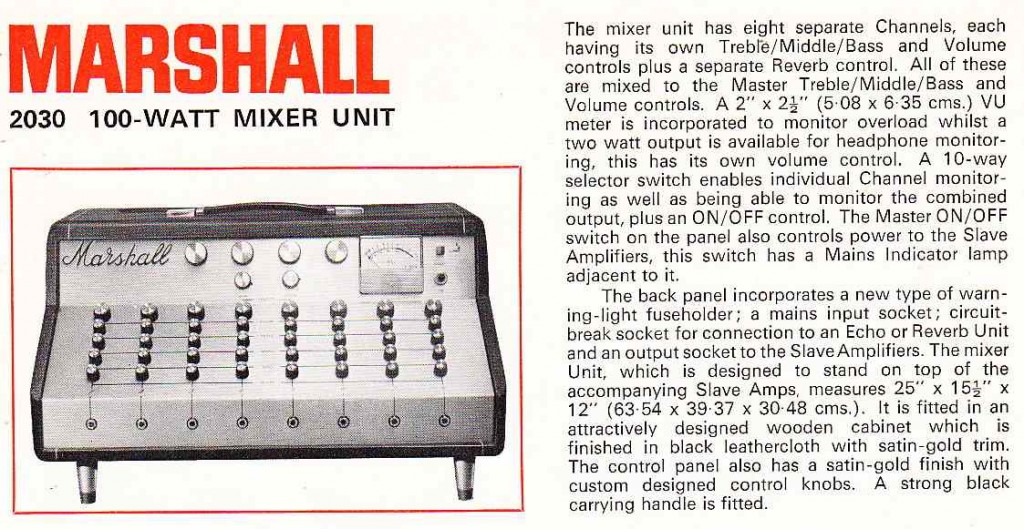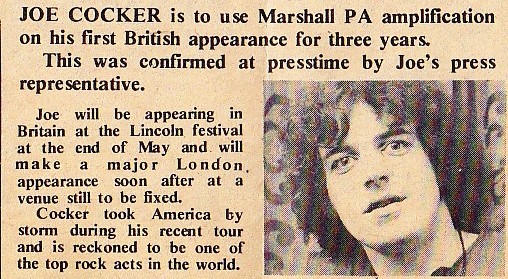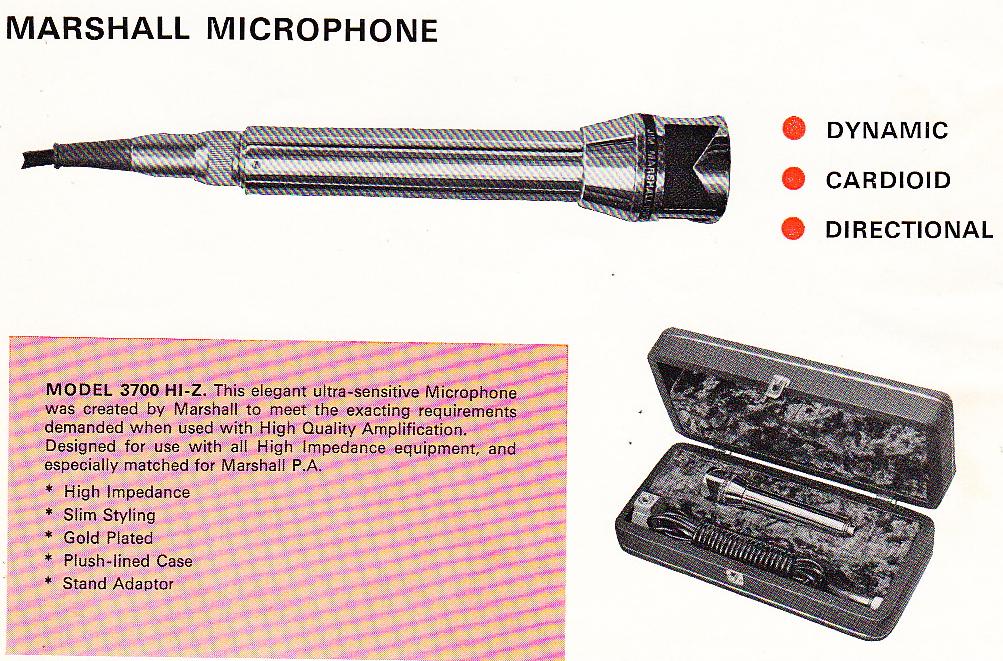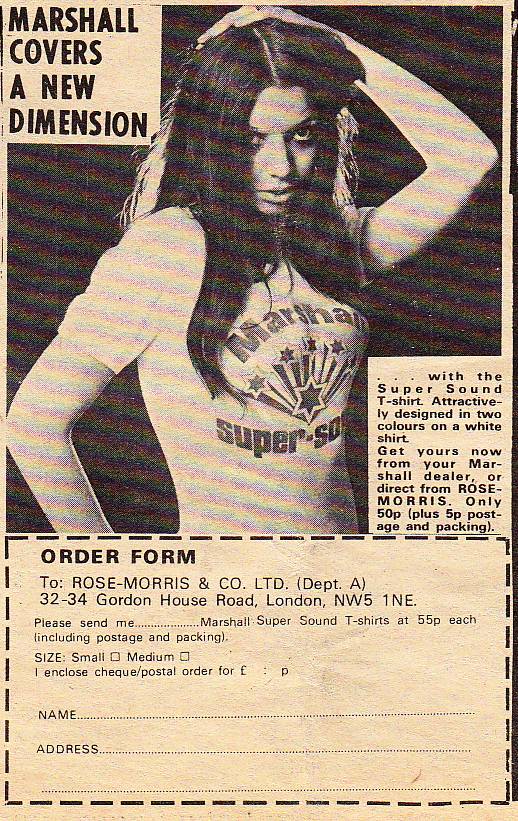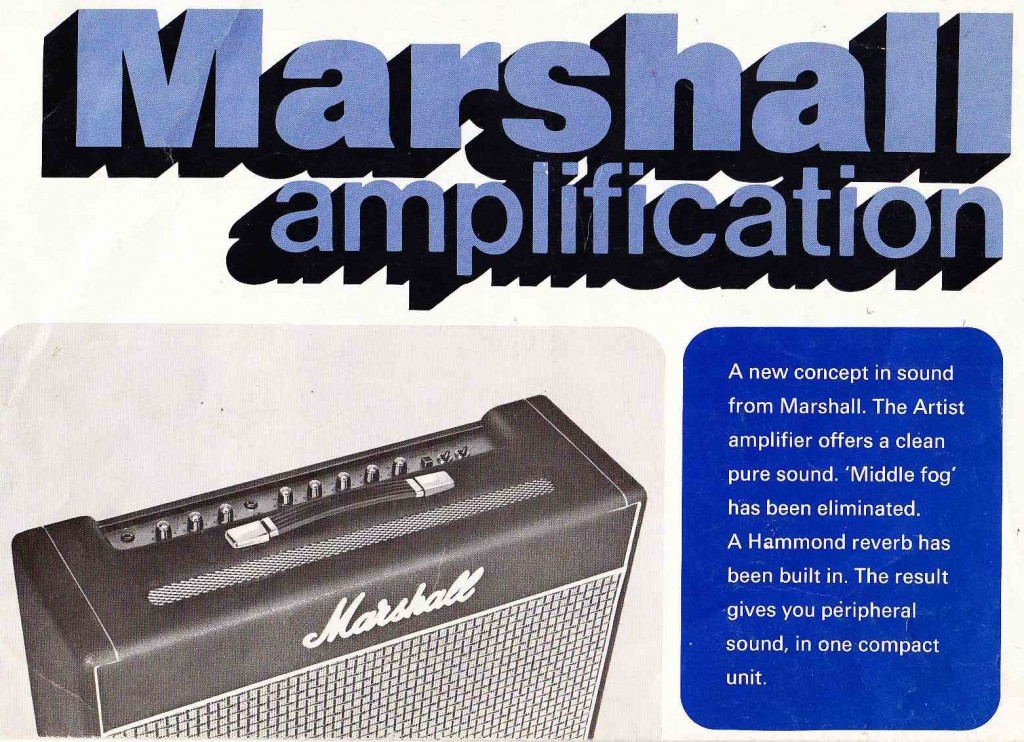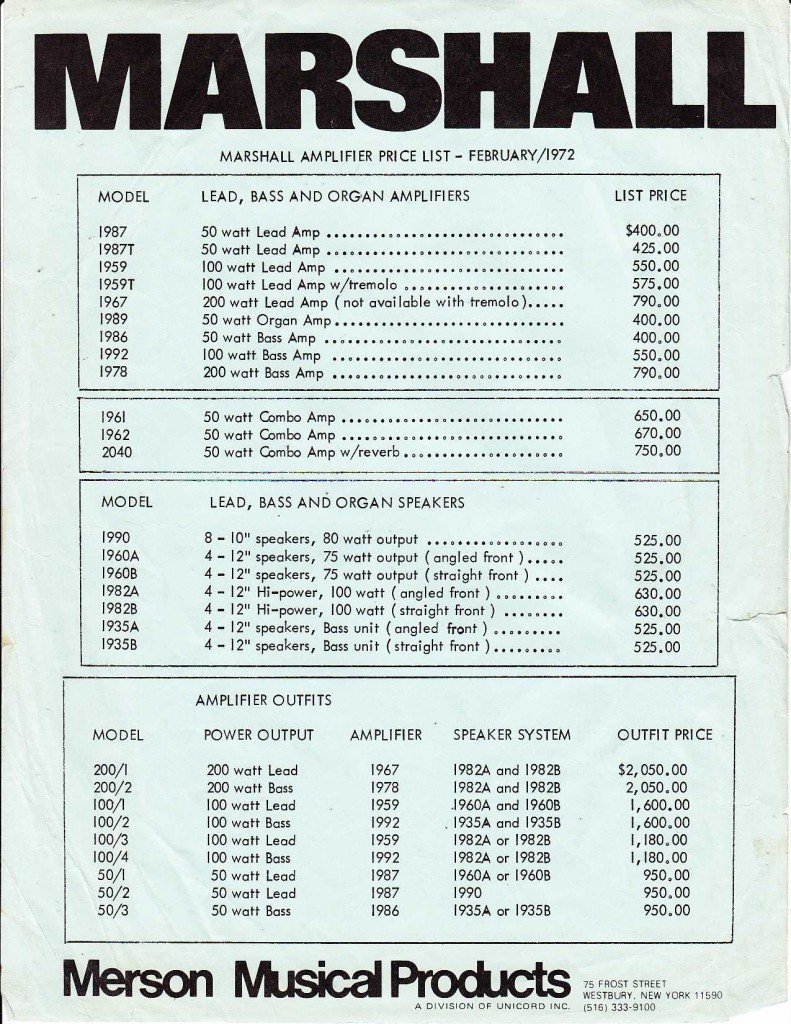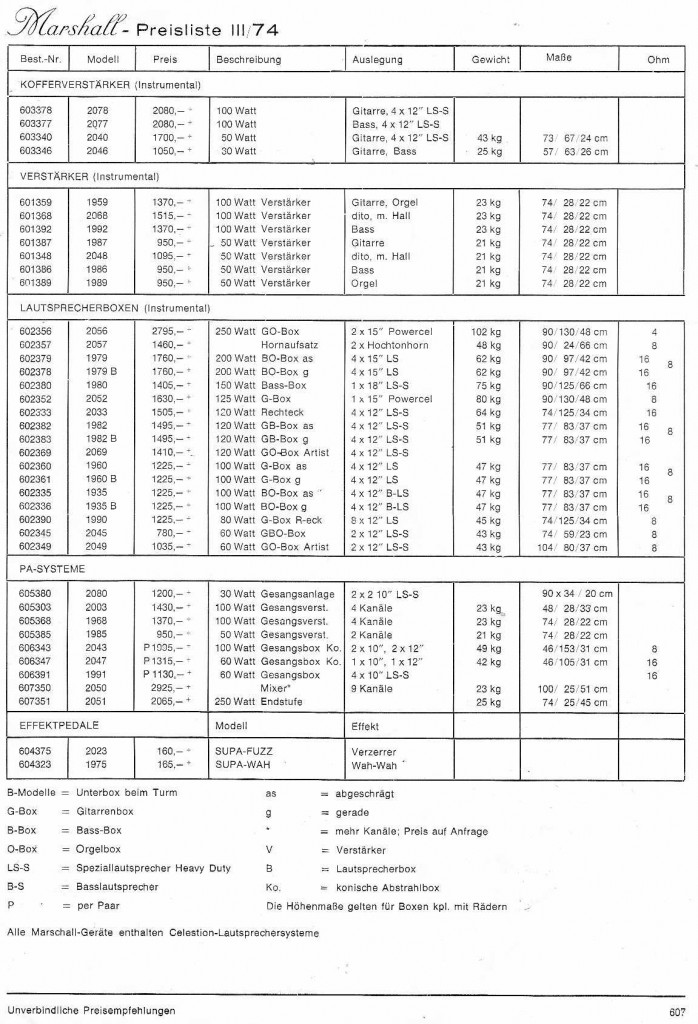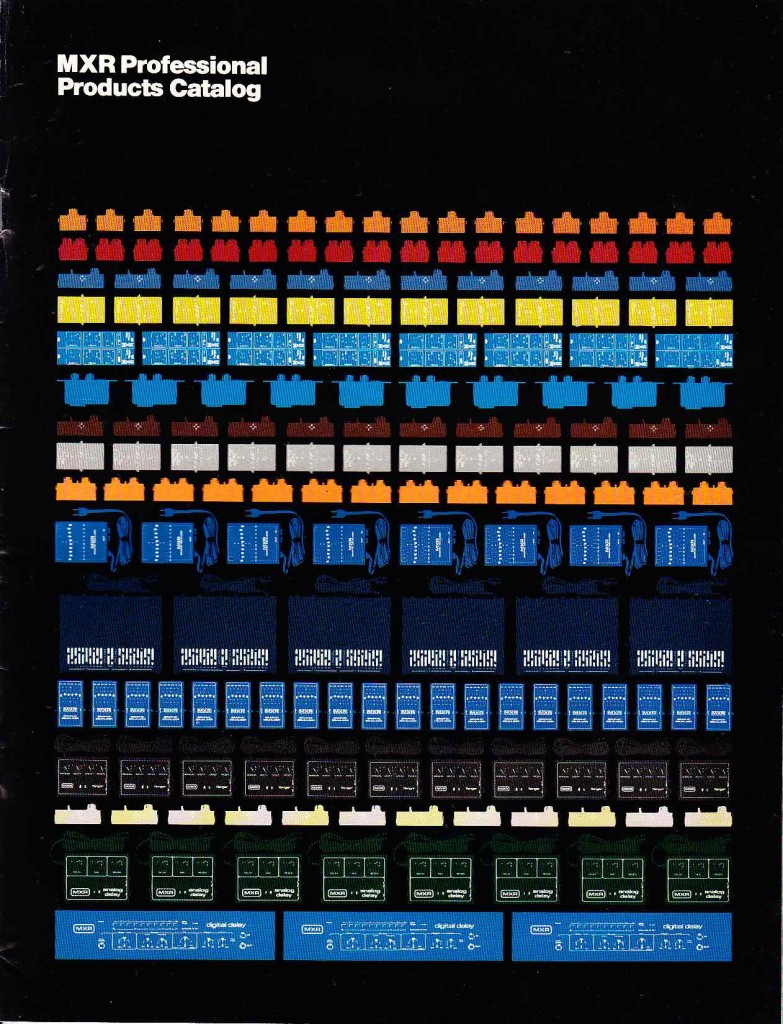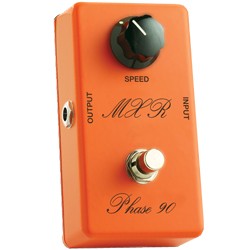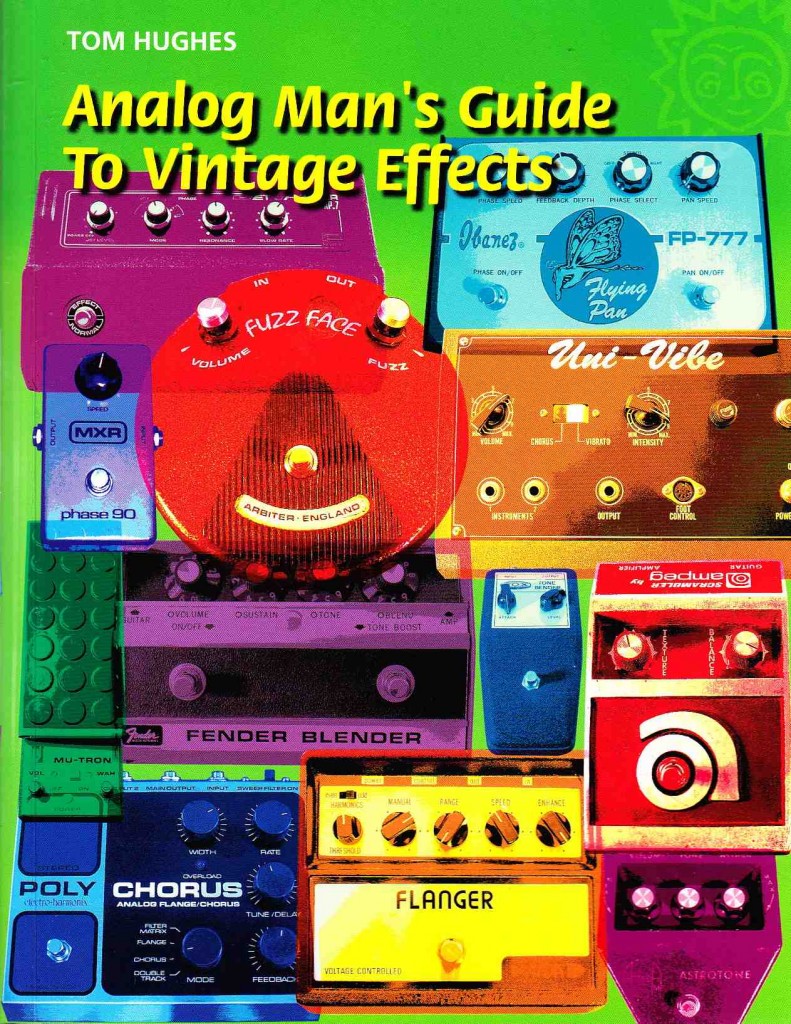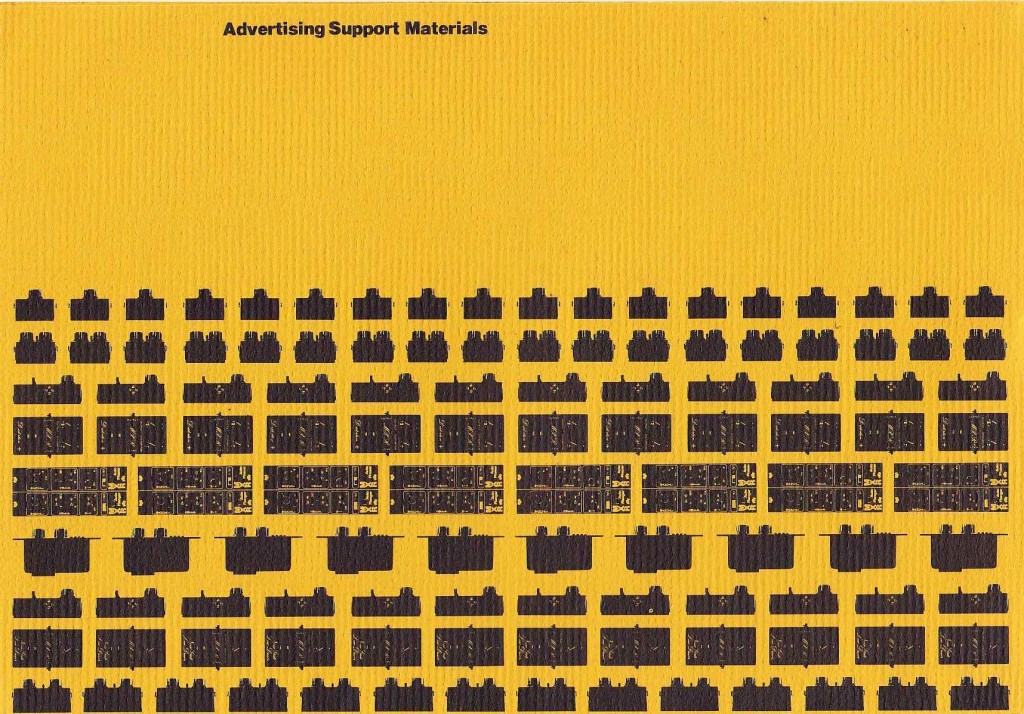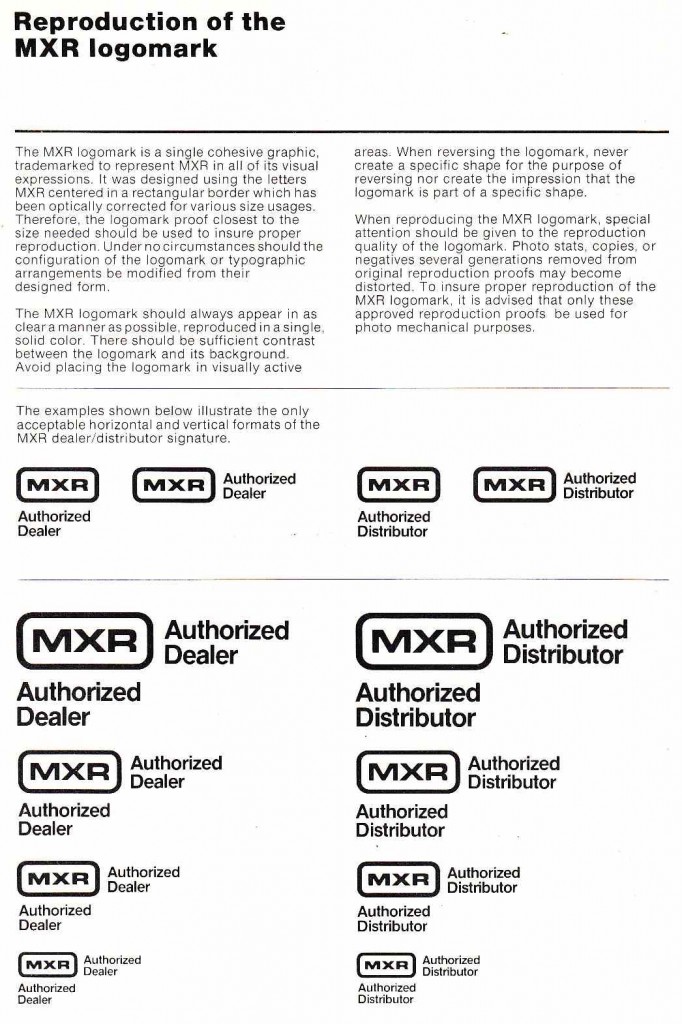Listen to this audio.
Gtr_Amp_Close_up
You don’t need me to tell you that this is the sound of an electric guitar playing through a guitar amp (speaker). You would believe me if I told you this was what you were hearing.
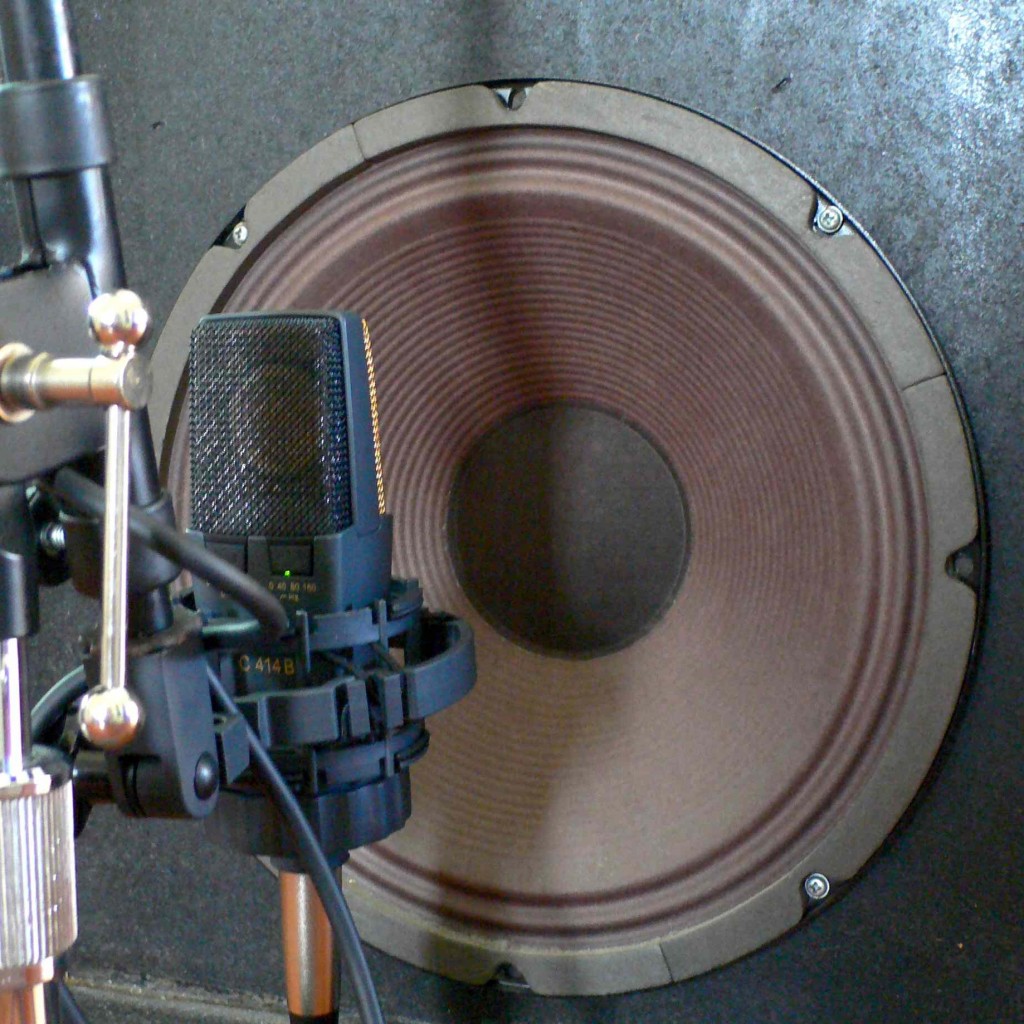
***********
*******
***
But what about the space that this happening in? And what does the sonic event of this speaker-movement sound like in that space? I can show you.
GtrAmp_in_a_room
…And you would believe me that this is the space in which this event is taking place.
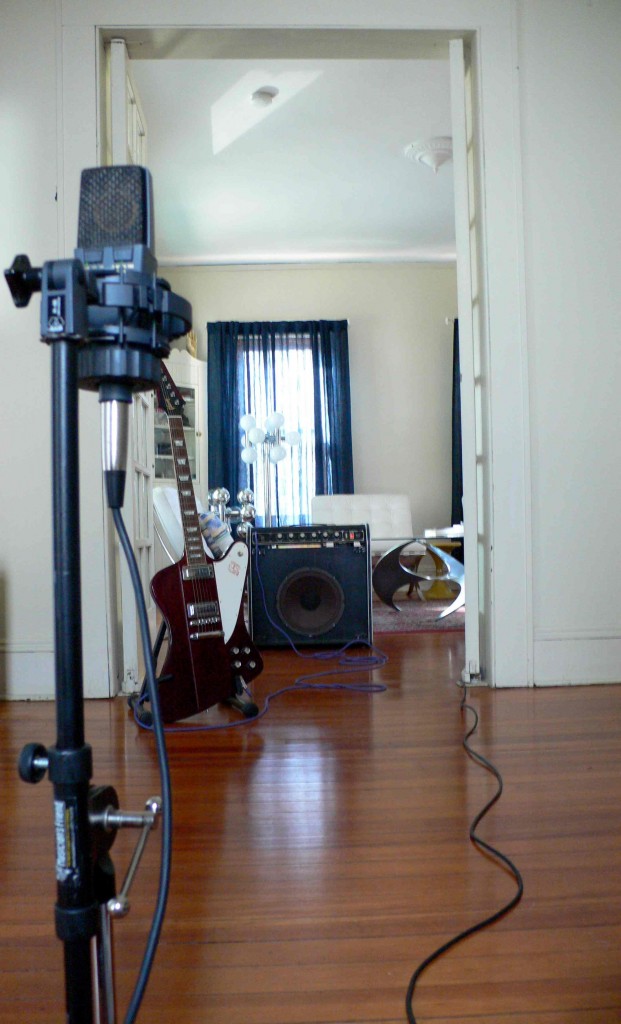
***********
*******
***
Humans are pretty good at using our ears/brain to evaluate a sound and judge the space in which that sound is occurring. We never had to do this much until about 100 years ago, because until we had technology to record/transmit and playback sound as audio, the only way to hear a sound was to be physically present where the sound was being generated. So baring blindness or blindfold, if you heard a sound, you did in fact have good direct knowledge of the space in which the sound was occurring. But we now have the technology to capture and reproduce sounds divorced from their origin in time and/or space. And we also have devised technologies to synthesize the sound of spaces. We can synthesize very good imitations of real physical spaces that we have experienced in the flesh. And we can also synthesize the effect of imaginary and unreal spaces.
Listen to the guitar performance again.
GtrAmp_DigitalReverb_Church
I have taken the close-mic’d guitar-audio you listened to initially and ‘placed it’ into a ‘church-space’ by processing it with a computer-reverb program. There is no actual physical space captured here, other than the 2-inches between the microphone and the speaker. But, if we suspend that knowledge, I think that we can all reasonably accept that yes it does in fact sound like the guitar-performance is taking place here:
 (web source)
(web source)
Many generations of computer-programmers have labored for decades to create that sonic illusion, and they have done a pretty good job at it. Even the cheapest pieces of audio-hardware nowadays come with these digital-reverb programs built-in, and there are generally dozens of ‘spaces’ on offer, from Halls to Churches to Rooms etc. And most of the time, these reverb-programs are effectively able to convince us of the spaces that their names suggest.
But what about spring reverb? AKA., guitar-amp-reverb? AKA, the reverb knob on your old Fender (or whatever…) amp? Exactly what space is defined there?
Let’s take a listen. Here’s the same close-mic’d guitar performance you heard earlier; this time, though, I have turned on the reverb knob on the amp.
GtrAmpSpringReverb
It’s evocative, right? But of what? And more importantly, of where? Our brain is telling us that the guitar is now in some sort of space. But what is that space? Well, literally, it’s the space and the springs inside this little 9-inch steel can in the back of the guitar amp.
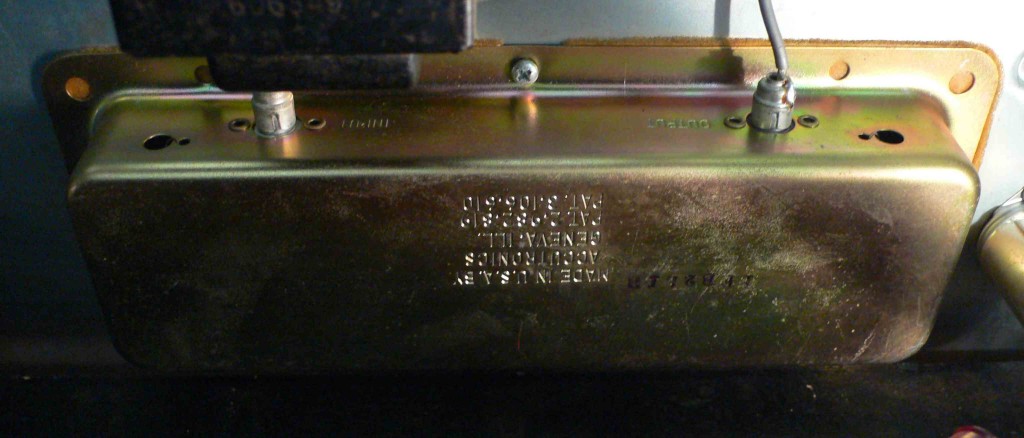
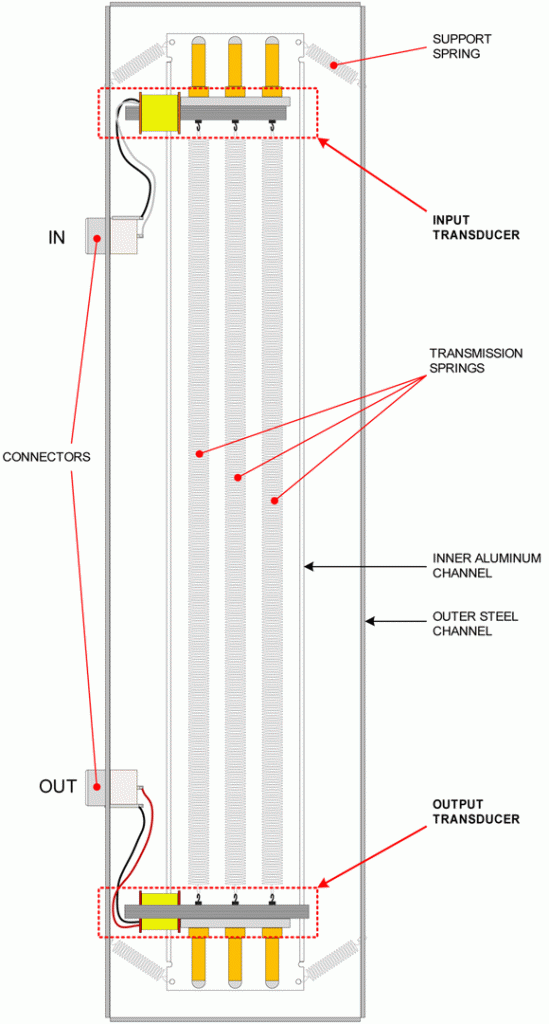 (web source)
(web source)
But emotionally, we don’t feel like we’re hearing the sound of this little sardine can. Instead, the guitar-performance (and our imaginations) have been transported to some sort of mythic Rock-Legend-Space. How is this possible? Because we have heard this same goddamn accutronics-reverb-tank sound a million trillion times since were little kids. Because nearly every good-quality guitar amplifier made in this country or any other between the years 1965 and 2000 had one of these little mechanisms in it. Furthermore, we never heard the sound of this ‘space’ when we were walking down the street, or to the kitchen in the middle of the night to get a snack (crunchy carrots). We have heard this space a zillion times always and only in context of Rock and Roll. Either on record, on the radio, or in a club watching a band on an elevated stage. Through these millions of associations, the sound created by that little metal can has come to represent a sort-of Mount Olympus of Rock and Roll.
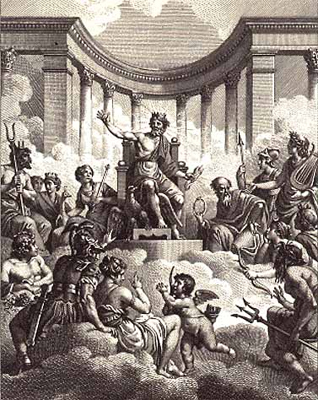 (web source)
(web source)
Or, if you like, the Hall Of Justice of Rock.
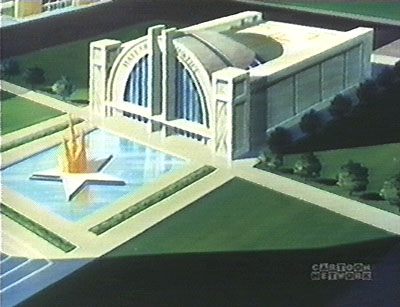 (web source)
(web source)
***************
**********
******
Have you ever read Rock Dreams by Peelaert and Cohn? It’s a collection of illustrations (with some explanatory text) that attempts to visualize the legends and myths that we associate with various Rock and Soul performers.
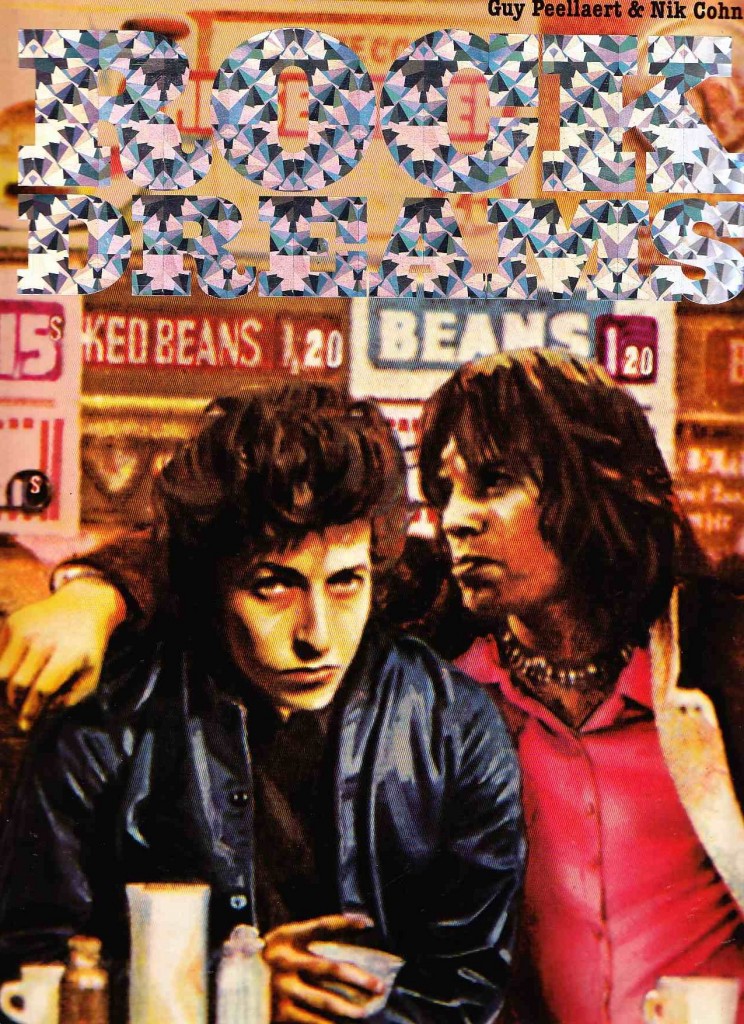

 All of the personages represented in the illustrations are real, actual people who were born, lived, and died (or will). But they have been placed in settings which are simultaneously unreal and yet totally expected. The scenes depicted in the images are not actual places where these people ever set foot. Instead they are spaces that we have created in our collective imaginations. And they are very fitting.
All of the personages represented in the illustrations are real, actual people who were born, lived, and died (or will). But they have been placed in settings which are simultaneously unreal and yet totally expected. The scenes depicted in the images are not actual places where these people ever set foot. Instead they are spaces that we have created in our collective imaginations. And they are very fitting.
I think the spring-reverb box in the guitar amp has come to define such a space. Not a space of inches and miles, walls and ceilings, tiles and columns; but an imagined space where Rock and Roll lives; an imagined space that we all imagine with uncanny similarity.
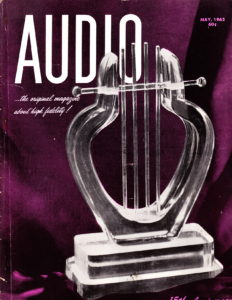 In May of 1962 “AUDIO” magazine celebrated its 15th anniversary. IIRC, AUDIO was the more consumer-facing half of what had initially been AUDIO ENGINEERING magazine; the AES Journal being created sometime in the 50s to carry the more professional articles. Anyhow, for their 15th, AUDIO asked some of the experts of the time to weigh in on THE FUTURE OF AUDIO. Harry Olson, certainly one of the greatest inventors of sound equipment who ever lived, had some comments that struck me as being incredibly prescient. I’ve never seen this reproduced anywhere, so check it out, enjoy it, share it, and take a minute to speculate on where this is all going.
In May of 1962 “AUDIO” magazine celebrated its 15th anniversary. IIRC, AUDIO was the more consumer-facing half of what had initially been AUDIO ENGINEERING magazine; the AES Journal being created sometime in the 50s to carry the more professional articles. Anyhow, for their 15th, AUDIO asked some of the experts of the time to weigh in on THE FUTURE OF AUDIO. Harry Olson, certainly one of the greatest inventors of sound equipment who ever lived, had some comments that struck me as being incredibly prescient. I’ve never seen this reproduced anywhere, so check it out, enjoy it, share it, and take a minute to speculate on where this is all going.